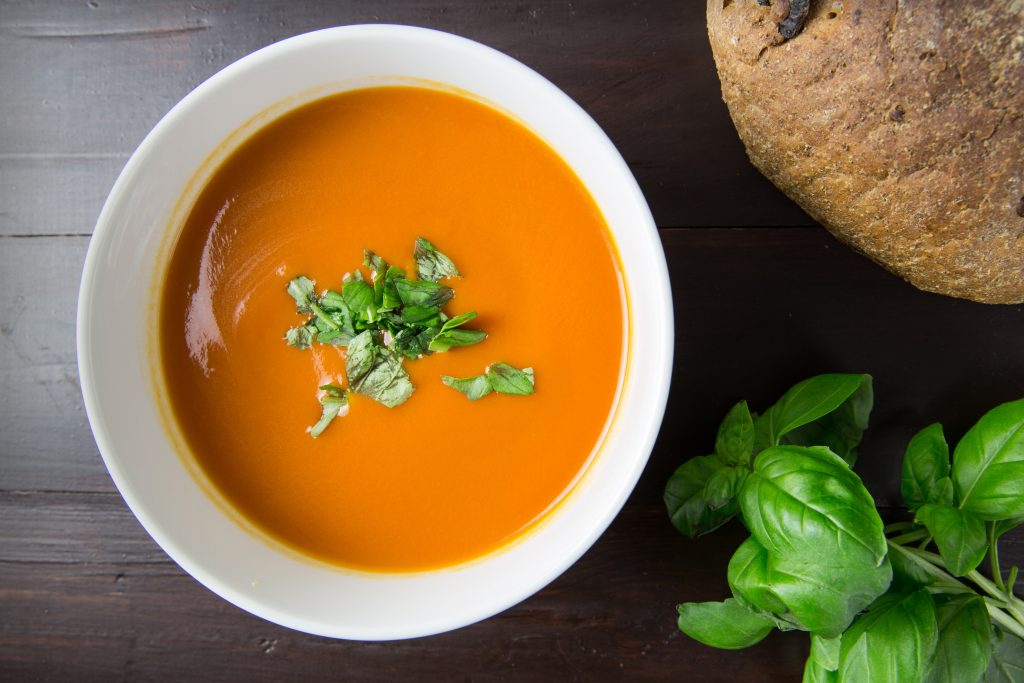
It’s soup season! Soups and stews are great budget-friendly options to help you stay warm and full throughout the winter months. Here are some tips to help you get the biggest bang for your buck when making homemade soups.
Broth
Save your vegetable scraps. When cooking for other meals, you are likely to send the scraps of your carrots, peppers, celery sticks and other vegetables to the trash. Instead of throwing them away, save them in an airtight container in your freezer to use later for broth. This also works for the skins of onions and garlic!
Clean out your veggie drawer regularly. You’re likely to find something just out of it’s prime, but not yet spoiled. Throw these in your vegetable scrap freezer bag.
Save carcasses. After making any proteins that has bones, freeze them for future broth.
Once you have enough veggies and carcasses saved up, you can make your very own broth! Simply add ingredients to a large pot, add salt and herbs to your liking, and simmer for about an hour. You can then freeze your broth so you’ll have it whenever you are ready to make your next soup!
Flavor
Always saute onions and or garlic in olive oil or butter before adding other ingredients to your soup. Do this until the onions become translucent. This will automatically enhance the flavor of your soup.
Roast your vegetables first. If making a cauliflower or winter squash soup, roast in a 350 degree oven before adding them to the soup. This will add depth to your dish and make it easier to cut your squash.
Make It Last
Add rice, quinoa, or noodles to your dish. You can either make these separately and add to your soup with each serving or and another 1.5 cups of water/stock to your soup and then cook until tender, about 10 minutes. This will help make your soup more filling and help your leftovers last longer.

